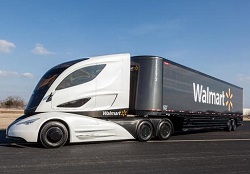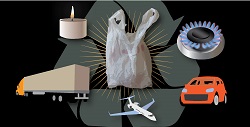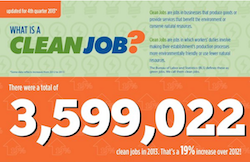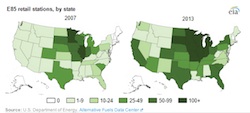 Despite critics who have harped on solar energy as not being efficient and economical enough to stand on its own without government subsidies and being too pricey for regular folks, the sun’s power is proving stronger than the shadows of myths being cast about the clean energy source. This blog post from the New York Times says solar is more affordable than ever and can stand on its own without the subsidies.
Despite critics who have harped on solar energy as not being efficient and economical enough to stand on its own without government subsidies and being too pricey for regular folks, the sun’s power is proving stronger than the shadows of myths being cast about the clean energy source. This blog post from the New York Times says solar is more affordable than ever and can stand on its own without the subsidies.
The average price of a solar panel has declined an estimated 60 percent since the beginning of 2011, and this year the total photovoltaic capacity in the United States is projected to reach 10 gigawatts, the energy equivalent of several nuclear power plants. (By one estimate, photovoltaic costs crossed over to become cheaper than electricity generated by new nuclear plants about four years ago.)
In both Europe and the United States, generous public subsidies including tax breaks and feed-in tariffs requiring utilities to buy back consumer-generated electricity that feeds into the grid have allowed solar photovoltaics to achieve vastly lower unit costs. But these subsidies are dwarfed by historical taxpayer support of both fossil-fuel and nuclear-generated electricity. The International Energy Agency warns that continuing fossil-fuel subsidies contribute significantly to global environmental problems.
The big news is that solar photovoltaics are now cost-effective in many European countries even without public support. A recent article in The Financial Times quotes Jason Channell of Citigroup as saying: “We’re at a point now where demand starts to be driven by cold, hard economics rather than by subsidies, and that is a game changer.”
The post also points out the 143,000 solar workers in the United States in 2013 is a nearly 20 percent increase over employment totals from 2012.











